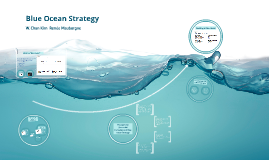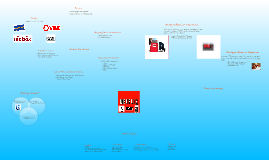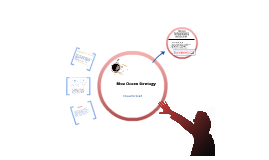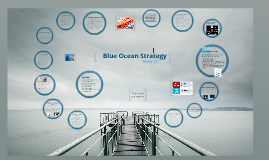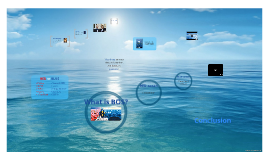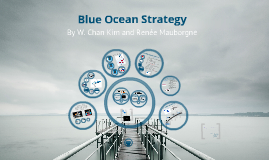Blue ocean strategy
Transcript: Blue Ocean Strategy Thank you for your attention Blue Ocean Strategy Reconstructionist approach in Dubai The value proposition. - a dozen world-class free zones with unbeatable incentives for investors, - differentiation: the government allows 100% foreign ownership and free repatriation of capital and profits, - no import or re-export duties, - the corporate tax rate for the first 15 to 50 years of operations is zero and can be extended. Structuralist approach is valuable and relevant but reconstructionist approach is more appropriate in nowadays economic reality. The organization needs to consider: - the environmental attractiveness, - capabilities and resources available, - assess whether its strategic orientation is competitive, innovative or diversified, - the analysis of the industry or environmental conditions in which the organization operates. Structurialist vs. reconstructionist approach 1. How the strategy shapes structure - Structuralist approach - Reconstructionist approach 2. Three strategy propositions 3.Red Ocean Strategy 4. Blue Ocean Strategy 5. Blue Ocean Strategy vs. Five Forces 6. Practical example Red Ocean Strategy - Finding the best market approach - Taking innovation for granted Reconstructionist approach in Dubai Agenda Blue Ocean Strategy vs. Five Forces Red Ocean - the supermarket industry in Denmark For the past 30 years structuralist approach has dominated the practice of strategy. The history reveals plenty of cases in which firms’ strategies shaped industry structure, reconstructionist strategies from Ford’s Model T to Nintendo’s Wii. Reconstructionist approach in Dubai How to spot a blue ocean opportunity? Structuralist approach - assumes that the operating environment is given. Reconstructionist approach - seek to shape the environment. Structuralist strategies require that all propositions focus on delivering either low cost or differentiation, whereas reconstructionist strategy aim to deliver both. Group 12 Practical example - The Social Network The three strategy propositions Red Ocean is the world in which we live in, it’ s a business reality, which we are learnt and principles under which we surrender. The profit proposition. - differentiated ways of generating revenues while also lowering its cost structure, - Dubai has been run like a large business enterprise: “What’s good for business is good for Dubai.”, - the government has invested in the infrastructure that supports the investors’ activities—shipping and port services, transport, tourism, aviation, real estate development, export commerce, and telecommunications. Blue Ocean Strategy The people proposition. - citizens have access to a generous social security system and are virtually guaranteed a government job, - extensive state assistance: including medical care, sickness and maternity benefits, child care, free or subsidized education, pensions, unemployment benefits, and in some instances housing and disability benefits, all of which have vastly improved their quality of life, - preserving Dubai’s culture and heritage. Structurialist vs. reconstructionist approach - a fight on every rate of share - players want to manufacture the products and provide services cheaper and better than competition. - improving the employees' efficiency and production effectiveness, - together with the lapse of time , improving of effectiveness became more and more expensive and difficult, - competition does exactly the same, and the effect is that all branch leaders stock as in one place. - Cirque du Soleil- the one of Canada's largest cultural exports, - Ford , which reconstructed the industry boundaries of cars and horse-drawn carriages to create a blue ocean. Whichever approach is chosen, a strategy’s success depends on the development and alignment of three propositions: -a value proposition that attracts buyers, - a profit proposition that enables the company to make money out of the value proposition, - a people proposition that motivates those working for or with the company to execute the strategy. Before choosing the right approach Red Oceans - all markets which are already discovered and developed Blue Ocean Strategy - the opposition to Red Ocean, a place where competition became irrelevant. - markets, which are still uncover, - competition is left behind, - in this area take a part the most of business moves, which define nature of the company for many years while ensuring it long - term profits, - no place for competition, setting the game rules itself, - can be discovered also in branch which is already saturated.






